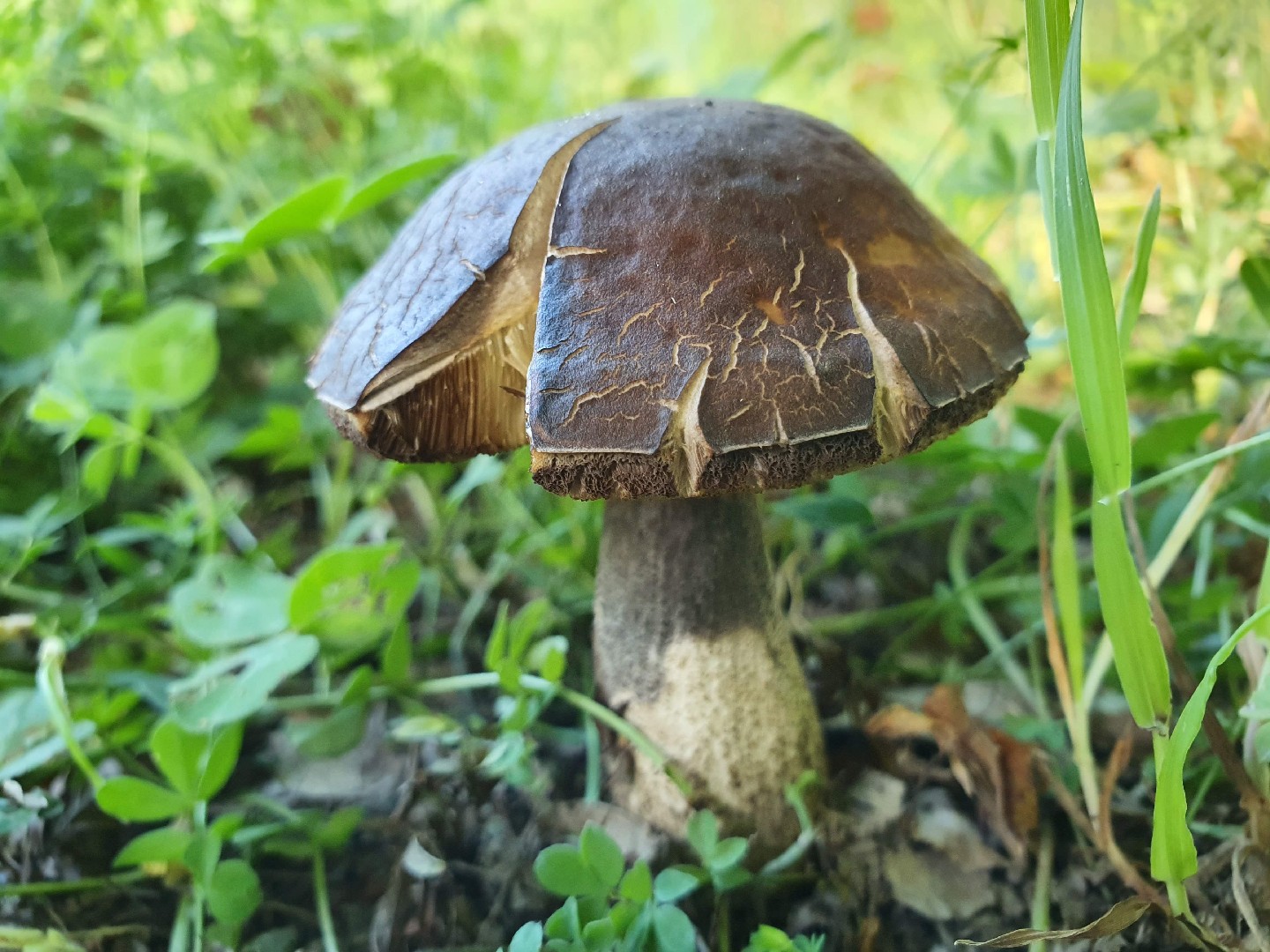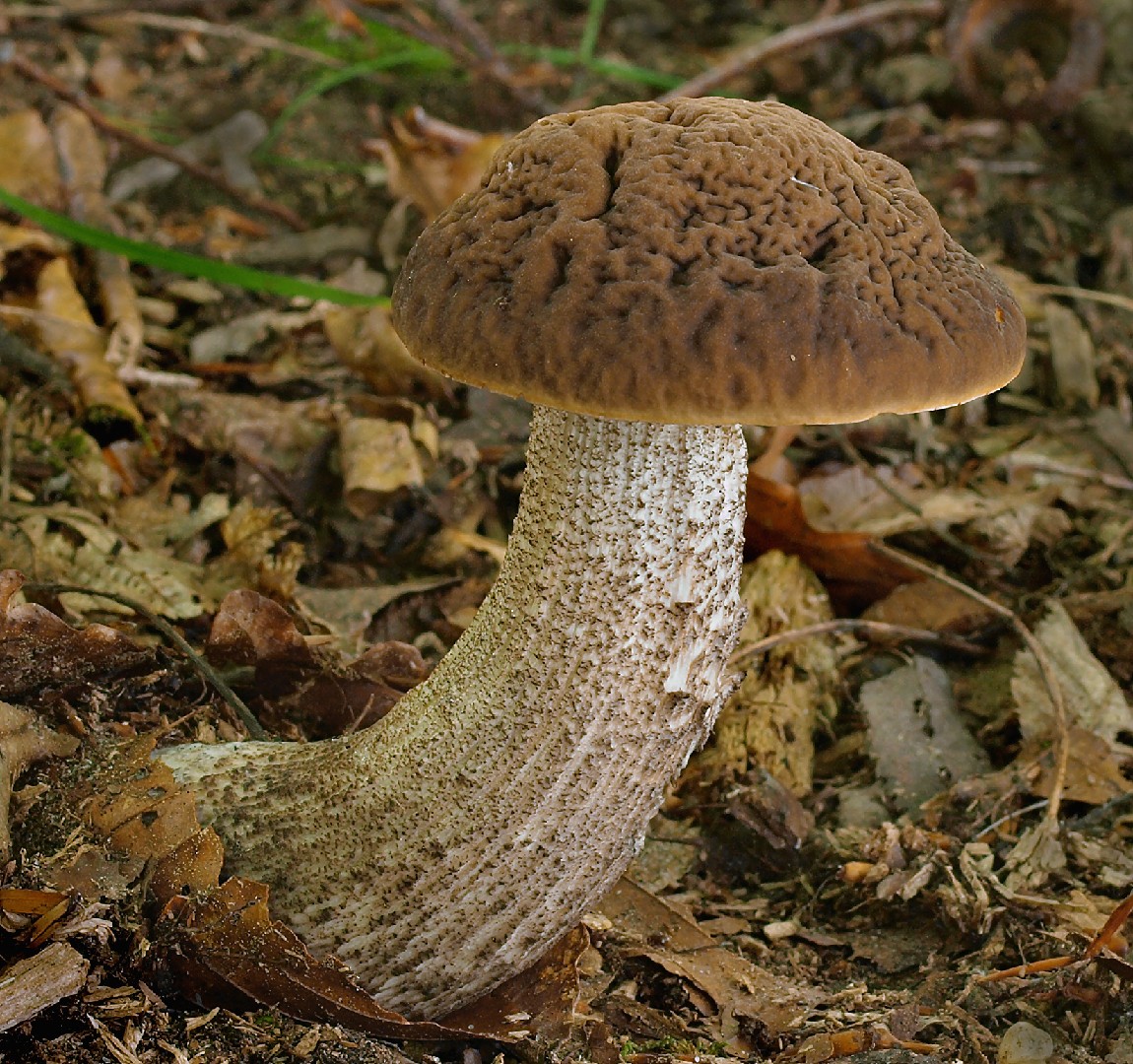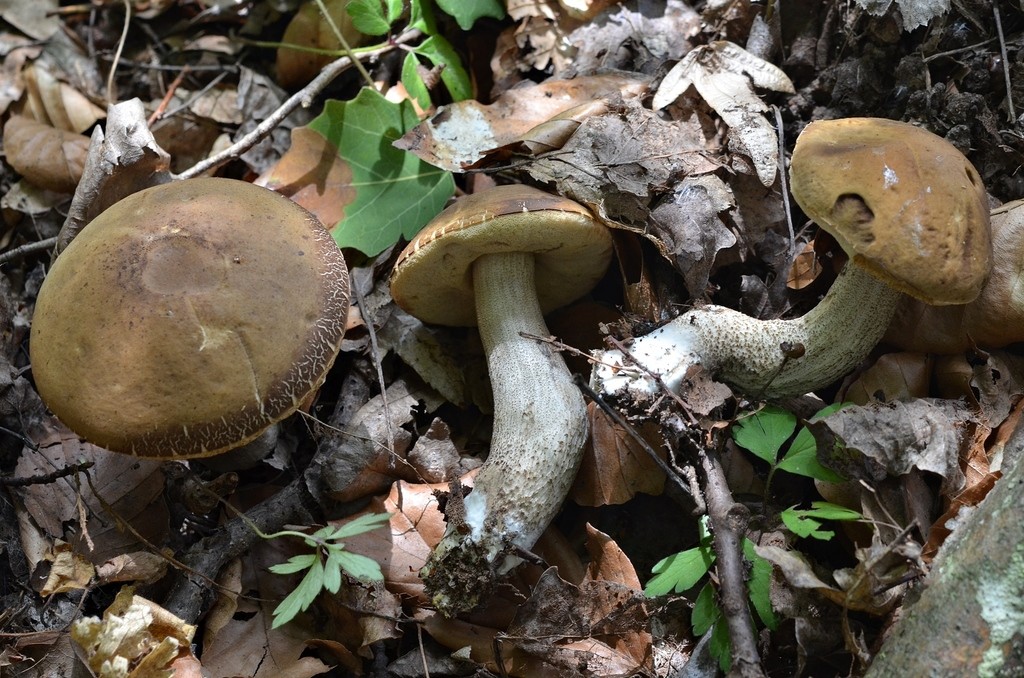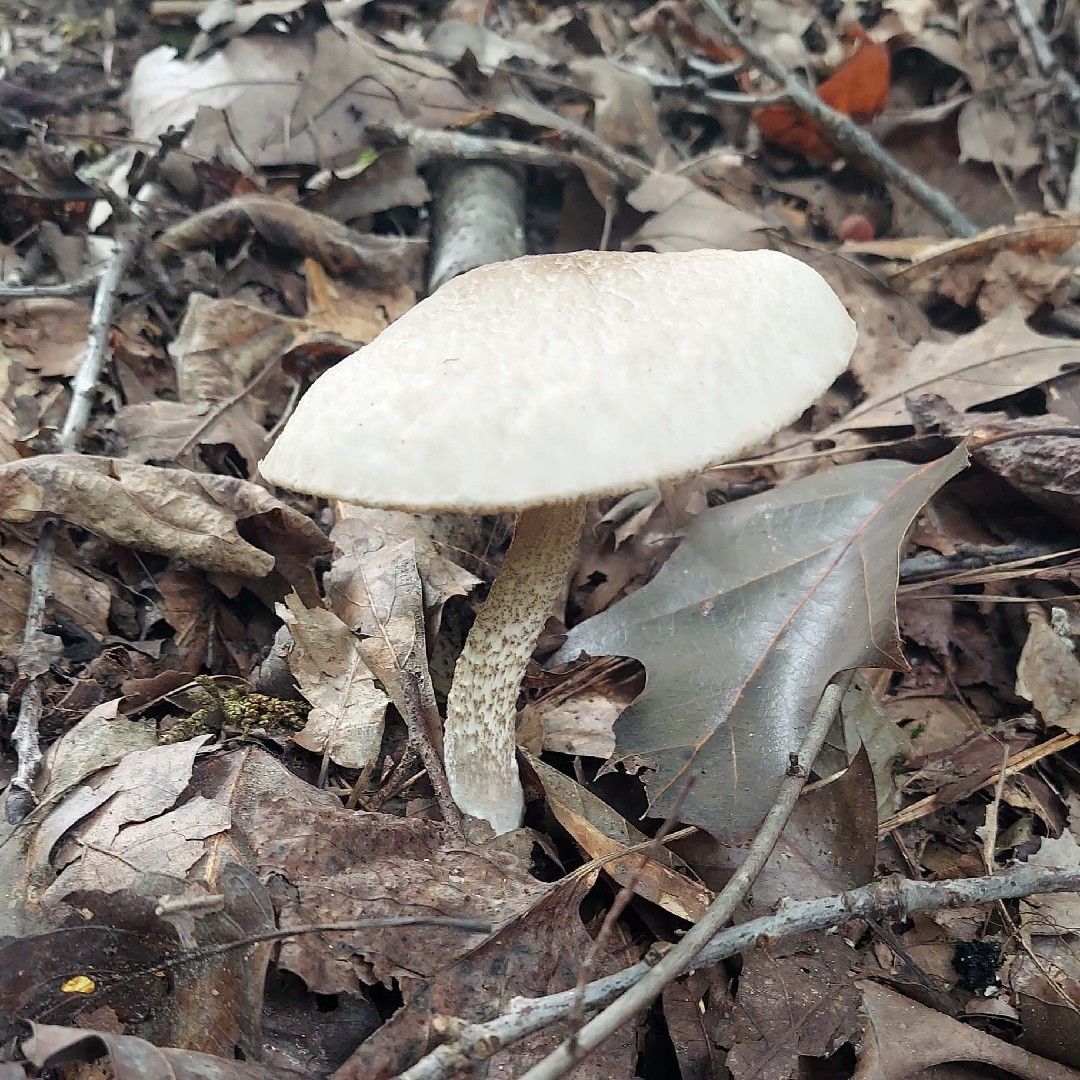Leccinellum
Scientific name: Leccinellum
Leccinellum
Scientific name: Leccinellum
 Photo By Brain Johnson
Photo By Brain Johnson Opis
Leccinellum obejmuje grzyby, które tworzą symbiotyczne relacje z drzewami. Znajdowane głównie na terenach leśnych, często występują w towarzystwie brzozy i dębu. Kapelusze leccinellum są zazwyczaj aksamitne w dotyku, co stanowi charakterystyczne cechy dla miłośników grzybów. Mają grube, mięsiste trzonki, zapewniając stabilność, gdy wyrastają z leśnego podłoża. Obecność leccinellum często wskazuje na zdrowy, dobrze funkcjonujący ekosystem leśny.
Gatunki Leccinellum
Klasyfikacjanaukowa
Gromada
Basidiomycota Klasa
Agaricomycetes Zamówienie
Boletales Rodzina
Boletaceae Rodzaj
Leccinellum 

